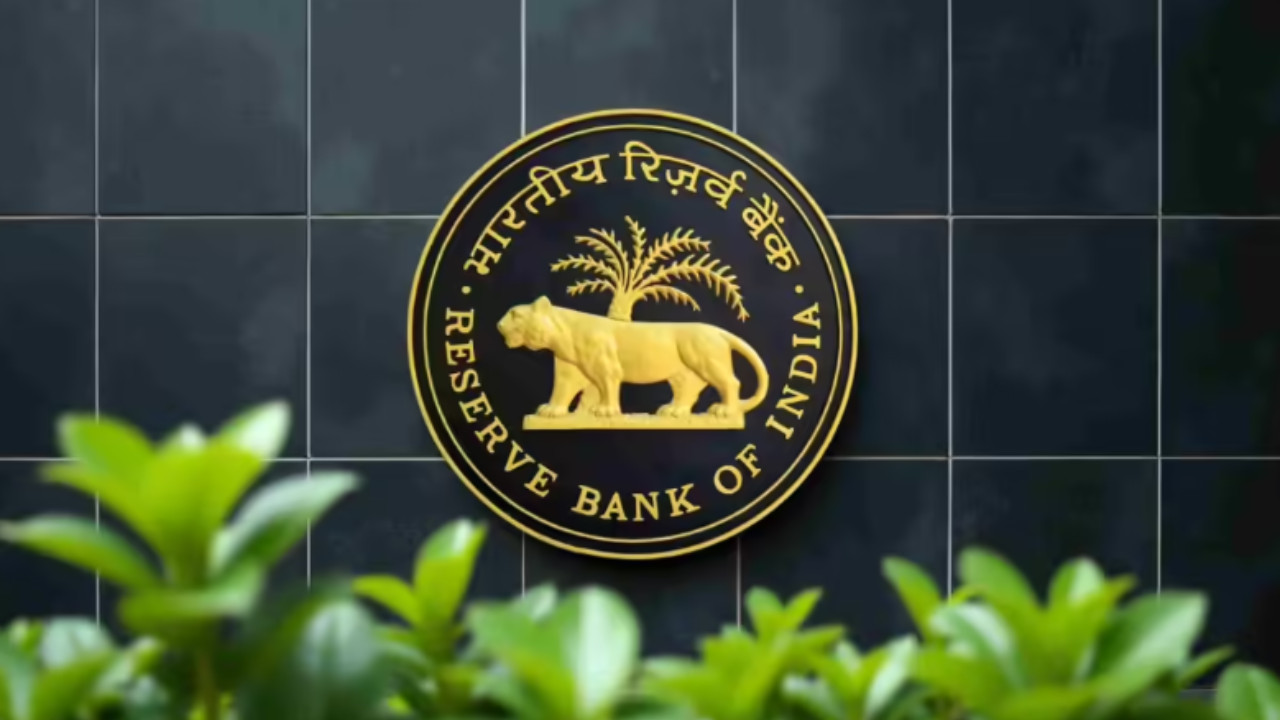The Reserve Bank of India has reshuffled portfolios among its four deputy governors, assigning oversight of 32 departments. New Deputy Governor Shirish Chandra Murmu will head communication, regulation, and enforcement. Poonam Gupta will oversee monetary policy, while T Rabi Sankar and Swaminathan Janakiraman will manage other key divisions.
A Fresh Hand on the Monetary Tiller: RBI’s Leadership Shifts Gears
The Reserve Bank of India (RBI), the nation’s financial heartbeat, has quietly orchestrated a significant reshuffle, signaling a renewed focus on navigating the complexities of the modern economic landscape. While headlines often trumpet policy changes, the internal recalibration of leadership roles often goes unnoticed, yet it can be just as impactful in shaping the direction of the central bank. This realignment, with Shirish Murmu stepping into a pivotal role, suggests a strategic move to bolster the RBI’s effectiveness.
Murmu, a seasoned veteran within the RBI’s ranks, now assumes responsibility for crucial departments, including the strategically important Department of Regulation (DoR). This department acts as a key regulator of financial institutions and is at the forefront of overseeing the stability of the banking sector. In a world grappling with fintech innovations and evolving financial risks, Murmu’s expertise will be instrumental in maintaining a robust and resilient financial ecosystem. This appointment underscores the RBI’s commitment to maintaining a steady hand on the regulatory levers.
The ripple effect of Murmu’s promotion extends throughout the RBI’s leadership structure. The shuffle also involved a realignment of portfolios for the central bank’s deputy governors. These changes aren’t merely cosmetic; they reflect a considered redistribution of responsibilities designed to optimize the strengths of each leader and address the pressing needs of the current economic climate.
One noteworthy adjustment is the reassignment of departments previously overseen by M. Rajeshwar Rao, one of the RBI’s Deputy Governors. The specifics of these reassignments weren’t explicitly detailed, highlighting the subtle yet significant nature of this internal restructuring. However, this shift suggests a strategic redeployment of expertise and resources to areas deemed critical for achieving the RBI’s objectives.

The motivations behind this high-level reshuffle are likely multifaceted. The RBI, like any forward-thinking organization, continuously evaluates its structure and processes to ensure optimal performance. This realignment could be a response to emerging challenges, such as the rise of digital currencies, the increasing interconnectedness of global financial markets, or the ongoing need to foster sustainable economic growth. These internal adjustments are vital for keeping pace with a world that is constantly changing.
Furthermore, leadership changes often bring fresh perspectives and innovative approaches. Murmu’s appointment, alongside the redistribution of deputy governor responsibilities, could inject new energy and ideas into the RBI’s decision-making processes. This can lead to more effective policies and a more agile response to unforeseen economic shocks.
The RBI’s actions also happen at a time when inflation remains a major concern globally. While India has fared comparatively well in managing inflationary pressures, vigilance is paramount. The reshuffle might be a calculated move to strengthen the RBI’s capacity to monitor and manage inflation, ensuring price stability for consumers and businesses alike. To see how the RBI has tackled similar economic challenges in the past, read this post about previous RBI monetary policies.
The impact of these leadership changes will unfold over time. However, the initial signs point towards a strategic effort to reinforce the RBI’s capabilities and enhance its effectiveness in navigating the complex challenges facing the Indian economy.
Monetary Policy and Future Stability
Ultimately, the success of this reshuffle will depend on the ability of the newly appointed and reassigned leaders to collaborate effectively and execute the RBI’s mandate with precision. The Indian economy is at a crucial juncture, and the decisions made by the RBI in the coming months and years will have a profound impact on the nation’s economic trajectory. While this reshuffle may not grab immediate headlines, it represents a pivotal moment in the RBI’s ongoing evolution. By strategically realigning its leadership, the central bank is signaling its commitment to maintaining stability and fostering sustainable growth in a dynamic and ever-changing global landscape. This is how the RBI remains ready to meet future challenges head-on.







